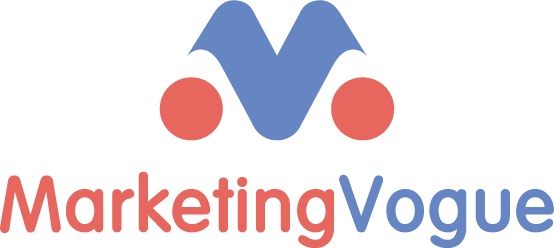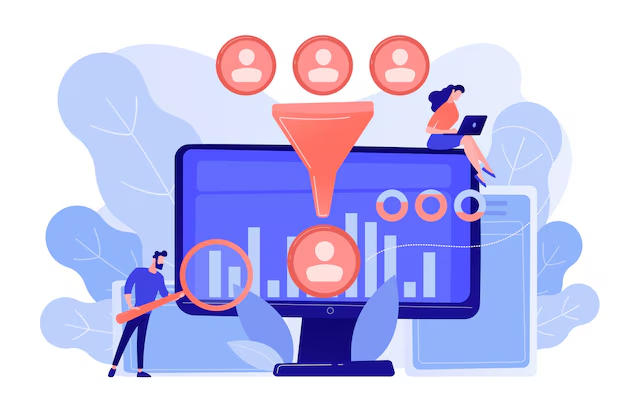The Importance of High-Quality Content in Lead Gen Campaigns
When it comes to lead generation, the quality of your content is far more important than its type, length, or mix. No matter who your target audience is or what market you’re in, high-quality content is the cornerstone of any successful campaign. You could have dozens of content pieces, but if they aren’t well-crafted, your audience will simply ignore them. But what exactly makes content “high-quality,” and how can you ensure your lead gen campaign is filled with content that resonates? Let’s dive into that now.
What Do Your Prospects Want?
One of the biggest mistakes in lead gen is thinking your prospects want a hard sell. They don’t. Instead of pushing your product as the “best on the market,” they’re looking to be educated. Your audience wants deeper insights into the problems they’re facing and the solutions available to them.
By educating your prospects, you build trust and position your brand as a valuable resource when they are ready to make a purchase decision. According to MarketingVogue, 92% of buyers say they are more likely to engage with a vendor who has helped educate them on a specific topic or technology.
Why High-Quality Campaigns Include a Variety of Content Types
Quality content isn’t defined by one format alone. Different people engage with content in different ways, so your campaign should offer a mix of formats to meet the needs of a diverse audience.
For example, some potential buyers may prefer objective third-party reports from analysts that break down the market or technology, while others might prefer case studies that show real-world applications of your product and its impact on other businesses. Given that buying decisions often involve multiple team members from different departments and levels of seniority, addressing varied content preferences can help you engage more people across the decision-making process.
4 Key Elements of High-Quality Content
To create high-quality content, focus on four key factors:
- Positive User Experience
- Timeliness
- Reliable Data
- Depth and Relevance to Customer Pain Points
Let’s break each of these down.
1. Creating a Positive User Experience (UX)
A seamless and professional presentation is essential. Whether it’s a webinar, an eBook, or a blog post, content must be easy to digest and engaging. For instance, if you host a webinar with great speakers and valuable insights, but the audio is poor or the slides are disorganized, your audience won’t stick around.
The key to a positive user experience is ensuring that your content is well-structured and offers clear takeaways. If your audience can easily understand the key points and find solutions to their problems, they’ll be more likely to engage.
2. Timeliness
Content should reflect the current market landscape. This means balancing timely content—like the latest industry trends or newly released research—with “evergreen” content that remains relevant over time.
For example, reports that analyze recent survey results, shifts in consumer behavior, or emerging market trends will likely attract more engagement because they provide insights that aren’t readily available elsewhere. However, such content has a limited shelf life, so it needs to be updated regularly to stay relevant. On the other hand, evergreen content (e.g., how-to guides or foundational industry insights) has lasting value and can be referenced for a longer period.
3. Reliable Data
For content to be seen as credible, it must be backed by reliable, reputable sources. This includes third-party research, case studies, and data from trusted industry sources. Including expert insights, independent reports, and statistics from reputable organizations adds credibility to your content and helps establish trust with your audience.
According to MarketingVogue, prospects are more likely to engage with content that includes third-party expert assessments, as it provides an unbiased, credible perspective.
4. Addressing Customer Pain Points
Great content speaks directly to your audience’s challenges. To create content that resonates, you need to continuously research the latest trends, technologies, and market changes that affect your prospects.
By focusing on the real issues your audience faces, and demonstrating how your product or service can solve these problems, your content will feel more relevant and valuable.
The Bottom Line
The quality of your content is the most important factor in the success of your lead gen campaign. While there’s no one-size-fits-all approach, a mix of reliable third-party insights and educational content will set you up for success. By consistently providing valuable, timely, and well-researched content that addresses your audience’s pain points, you’ll build trust and position your brand as a thought leader—ultimately increasing your chances of conversion.
In short, high-quality content is not just a nice-to-have; it’s a must-have for any successful lead generation strategy.


